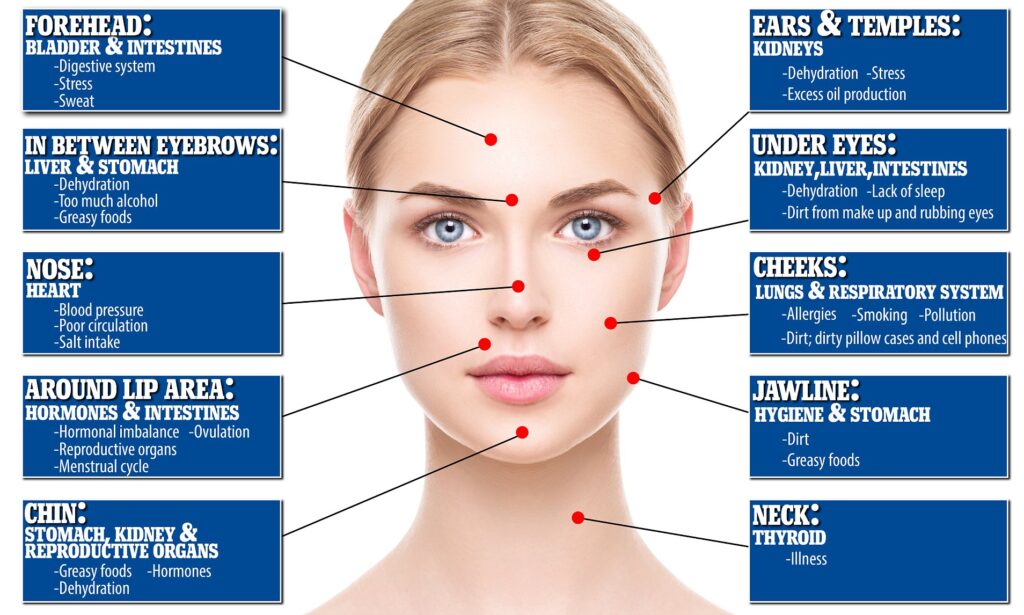Skin is the largest and most visible organ of the human body. It covers and protects the internal organs, muscles, bones, and nerves. It also regulates body temperature, senses external stimuli, and synthesizes vitamin D. Skin is a reflection of one’s health, well-being, and lifestyle. Skin can reveal a lot about one’s physical, mental, and emotional state by showing various signs and symptoms.
In this article, you will learn more about the signs of healthy skin. You will also learn how to interpret your skin’s symptoms and what they can indicate about your health.

A Brief History of Skin Signs
The history of skin signs is intertwined with the history of human culture and medicine. Since ancient times, people have been observing and interpreting skin signs as indicators of health, disease, or personality. They have tried to understand and influence skin signs by using various methods such as astrology, physiognomy, dermatology, or cosmetics.
For example, the ancient Egyptians believed that skin signs were influenced by the stars and planets. They used herbs, oils, minerals, and animal products to treat skin conditions and enhance skin beauty. The ancient Greeks and Romans believed that skin signs were influenced by the four humors (blood, phlegm, yellow bile, and black bile) that determined one’s temperament and health. They used bloodletting, purging, dieting, and bathing to balance the humors and improve skin appearance. The ancient Indians and Chinese believed that skin signs were influenced by the five elements (fire, water, earth, air, and ether) that governed the universe and the body. They used ayurveda or acupuncture to harmonize the elements and heal skin disorders.
However, it was not until the 19th and 20th centuries that significant advances were made in the fields of anatomy, physiology, pathology, immunology, and genetics to understand and improve skin signs. In 1801, Robert Willan published On Cutaneous Diseases (a book that classified skin diseases based on their appearance). In 1868, Paul Langerhans discovered Langerhans cells (immune cells that reside in the skin). In 1906, Paul Gerson Unna described the stratum corneum (the outermost layer of the skin). In 1953, James Watson and Francis Crick discovered the structure of DNA (the molecule that carries genetic information). In 1978, Albert Kligman and Gary Grove developed Retin-A (a topical medication that treats acne and wrinkles).
Since then, many more discoveries and innovations have been made to diagnose and treat skin signs. Technology, science, and art have also influenced the development and diversity of skin signs. Some of the modern examples of skin signs include acne, wrinkles, freckles, moles, birthmarks, scars, tattoos, or piercings.

